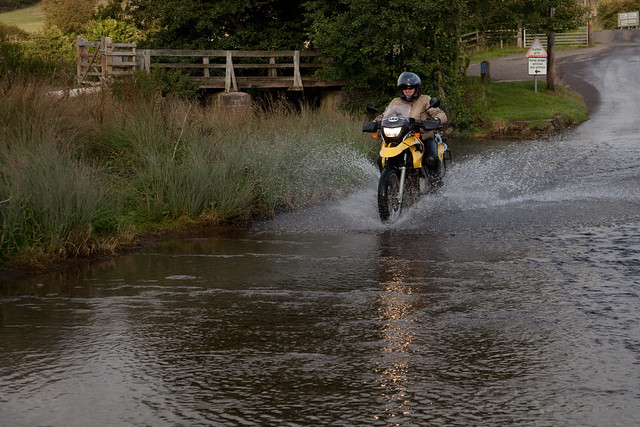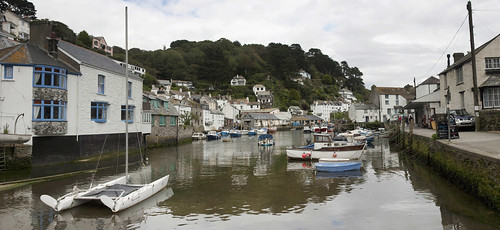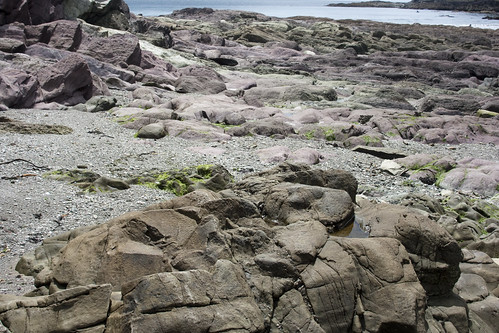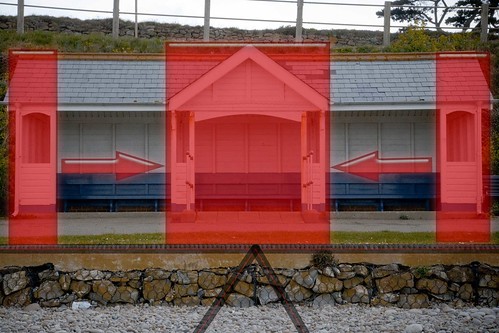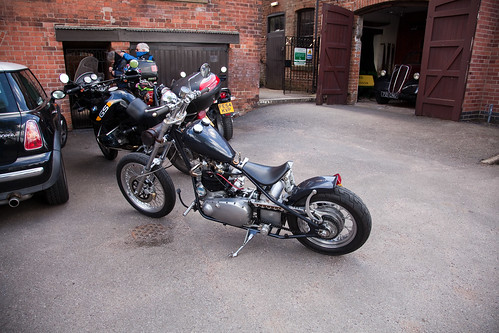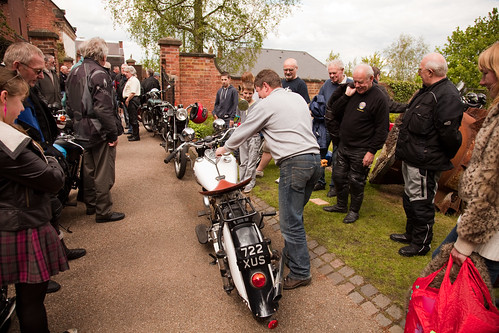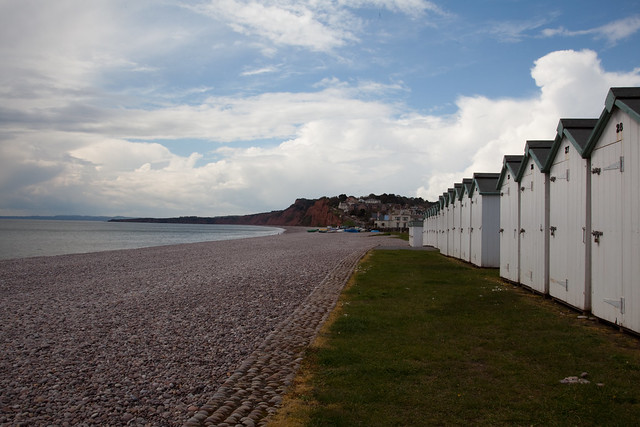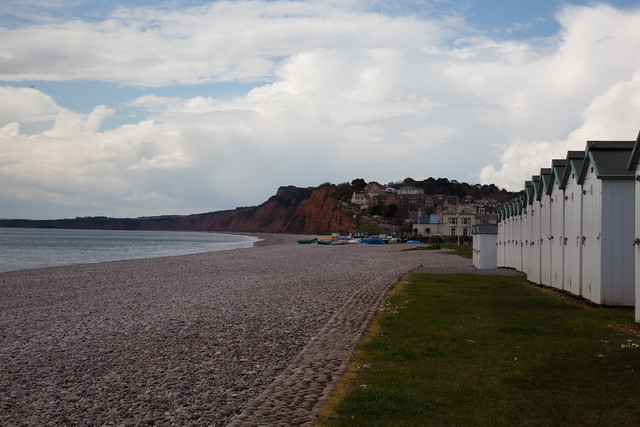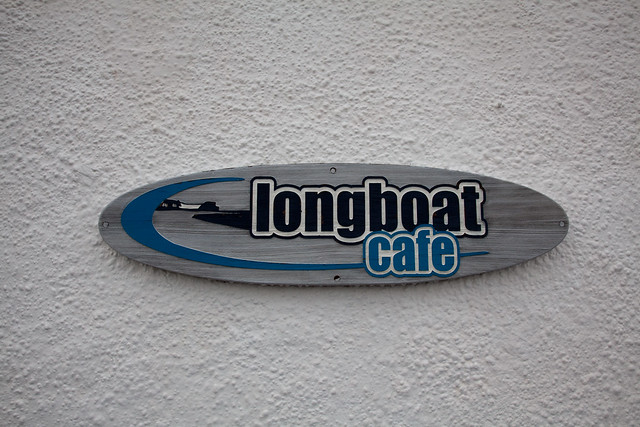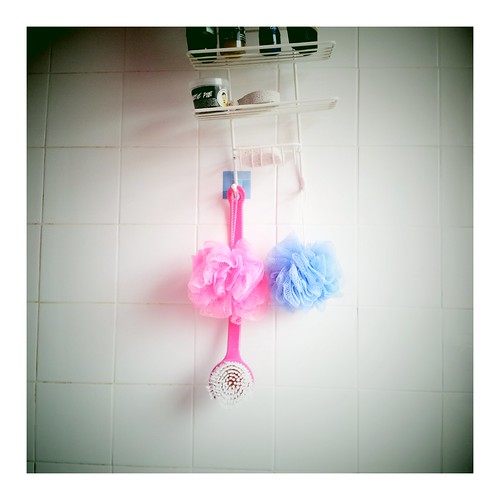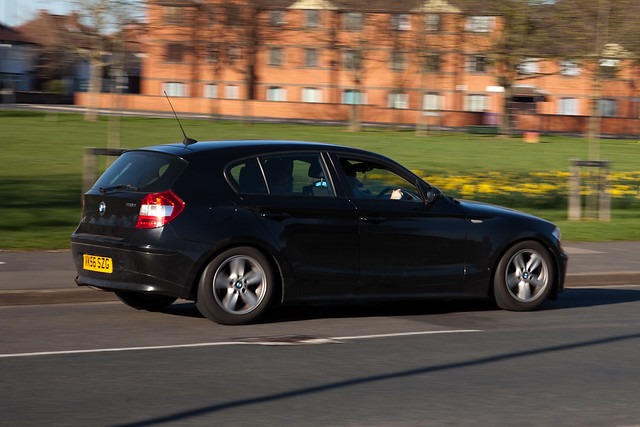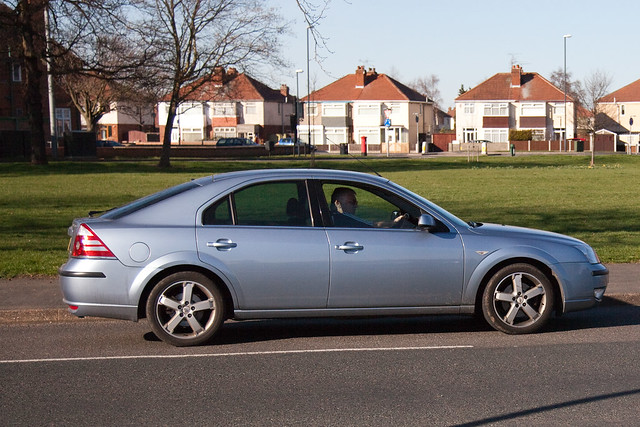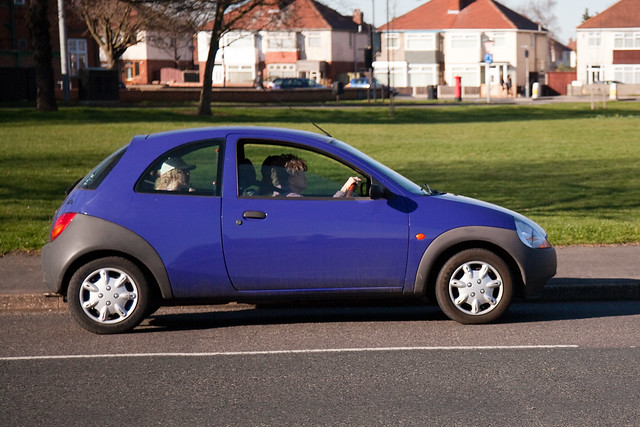The object of this exercise is to take a series of photographs of a scene or a person involving movement.
Movement needs to move across the field of view, while the camera is in a fixed position.
It requires a series of exposures that starts with the fastest shutter speed to the slowest possible exposure.
The notes do say to go as low as one or two seconds, but unfortunately I couldn't go as slow as that with my chosen subject.
Also there was a need to keep the aperture similar to the range used for the exercise using
different apertures in this case with the lens I was using it ranged from f4.0 to f22.
I noted that Image 6: at a speed of 1/160 and f4.0 is the last point at which clearly defined movement can be seen and the following images all start to develop blurring with an equivalent loss of detail until Image 12, where the lack of details starts to become a distinct feature.
Image 1:1/2000 sec at
f/4.0
All speeds of the water in movement have been captured here , even down to the distinct droplets of water flying up as the water breaks over the weir. The feeling of the speed of the flow is accurately recorded with a lot of clarity. I personally find this to be a quite clinical and sterile image which "records" a frozen point in time.
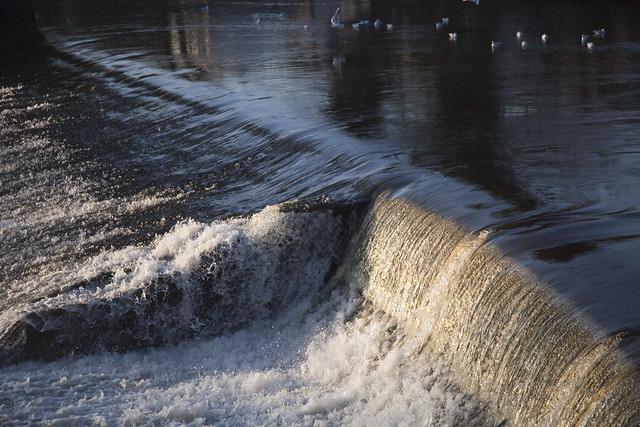 Image 2
Image 2:1/1600 sec at
f/4.0
As in Image 1: movement has been captured but there is also a lot more detail in the shadow areas as more exposure has taken place.
 Image 3
Image 3:1/800 sec at
f/4.0
As above there is still distinct details but now the highlight areas do not appear retain as much and what were distinct small individual droplets appear to be merging into larger ones.
 Image 4
Image 4:1/640 sec at
f/4.0
Detail in highlights and shadows is not as distinct, but there is still clear distinction between moving and none moving water.
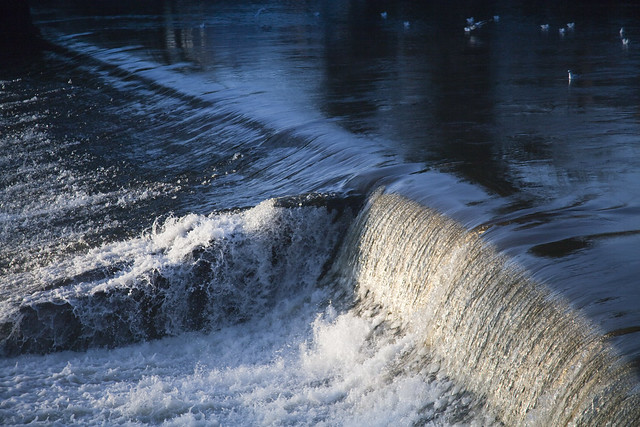 Image 5
Image 5:1/320 sec at
f/4.0
Less distinct than the previous 4 images but the faster movement can still be clearly seen, but some shadow detail is tarting to merge.
 Image 6
Image 6:1/160sec at
f/4.0
This appears to be just retaining the last of the detail in highlight and shadow areas. Overall exposure and details is good and clear with out being as "sterile" as Image 1:. Less of a feeling of simply recording the event.
 Image 7
Image 7:1/80 sec at
f/5.6
Slightly more detail in general with the improvement in depth of field, but the start of distinct blurring in the highlight/faster moving areas.
 Image 8
Image 8:1/40 sec at
f/8.0
Yet again another increase in depth of filed, but the blurring is now very clear in highlight and shadow areas. there is still some detail in the slower moving water but in general there is not a great deal of detail in any moving area.
 Image 9
Image 9:1/20 sec at
f/11
There is very distinct blurring of the highlight/faster areas with some of the shadow/slower areas starting to take on a more "sculptural" quality.
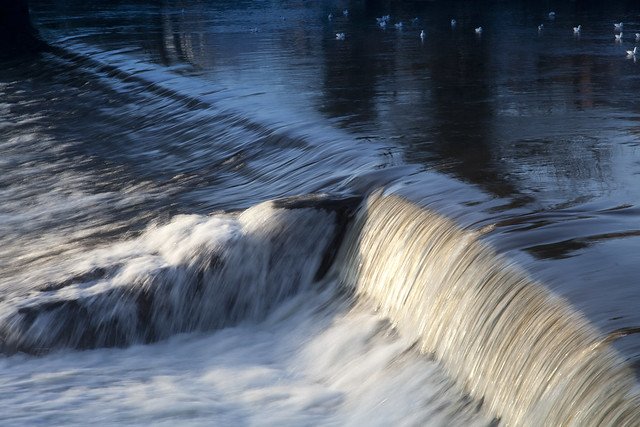 Image 10
Image 10:1/13 sec at
f/14
We are starting to lose all detail in slower/shadow area now and the effect is starting to become very pleasing in a the movement becomes blurred and carries more of a suggestion of speed rather than a true representation of it.
 Image 11
Image 11:1/8 sec at
f/18
Even with the increased depth of field detail is now almost lost as the sensor overlays all the information from the higlight/faster and shadow/slower moving water. The blurring creates even more of a suggestion of movement and creates an interesting effect.

